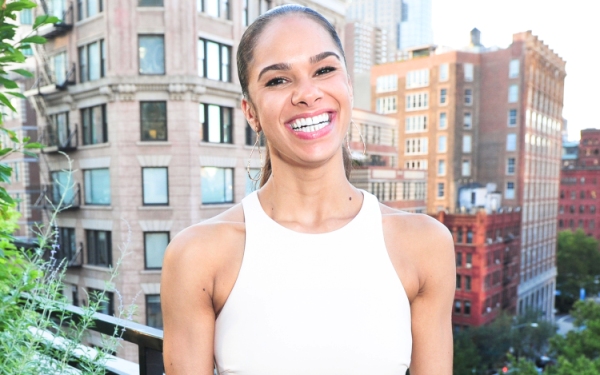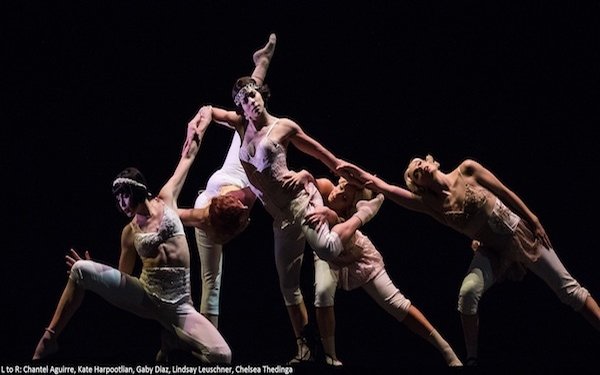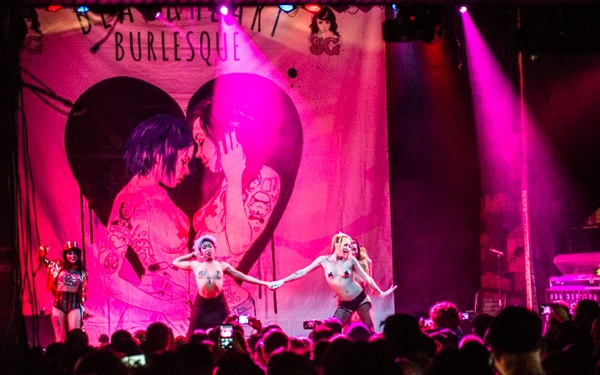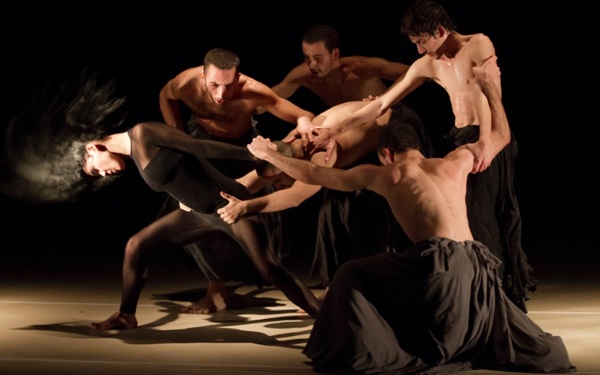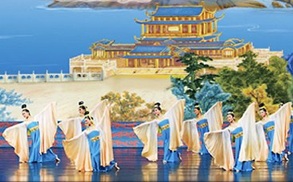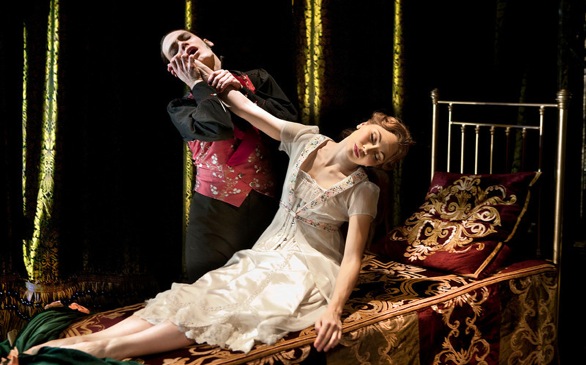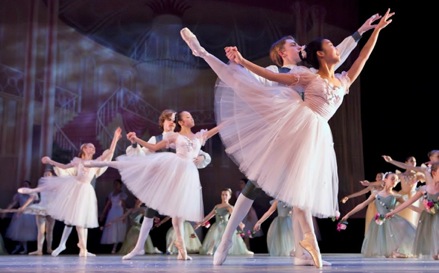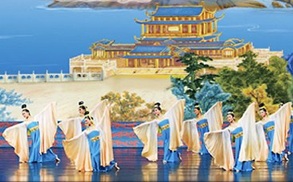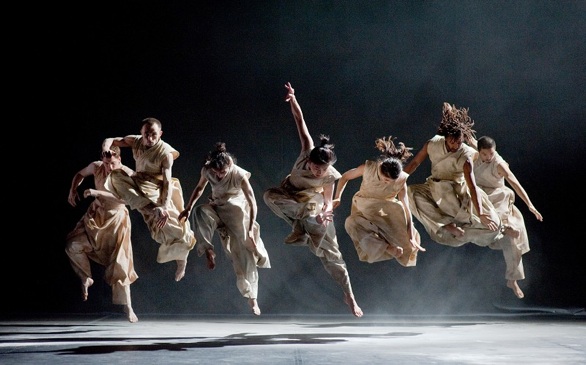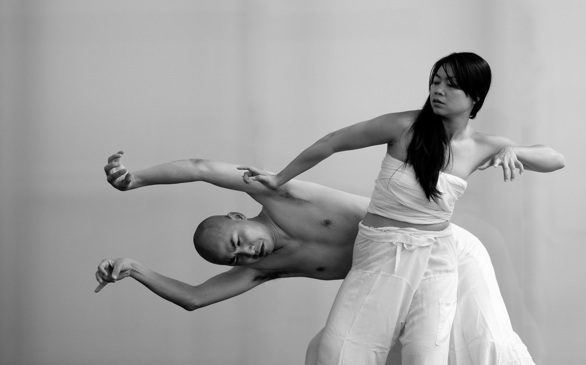When ballet star Misty Copeland makes her Broadway debut Aug. 25 as a star replacement in “On the Town” for the last two weeks of the revival’s run, she will be the first black woman to play Ivy Smith, winner of the subway monthly Miss Turnstyle contest, in a major revival of the 1944 musical-comedy classic.
I’m also guessing that no one will make a fuss about racial barriers being broken.
In the theater, for the most part, colorblind casting hasn’t been news for decades, at least since Joe Papp began mixing up the races in Shakespeare in the ‘70s. We tend to be so accustomed to black and white actors portraying twins that it would be perceived as silly — even embarrassing — to point out the visual implausibility.
And yet, people who believed nontraditional casting to be a ho-hum non-story in ballet — and that includes me — got a reality-check in June. That was when Copeland was promoted to principal dancer at American Ballet Theatre.
Celebratory articles blanketed the national media because Copeland, 32, was the first black woman to reach that pinnacle in the company’s 75-year history.
Really? Sixty years after Arthur Mitchell became the first black dancer at the New York City Ballet, this is still big news? Almost half a century since the national TV panic when Mitchell and Suzanne Farrell — a black man and a white woman — danced a pas de deux on the Johnny Carson show, it seems that the blacks-in-ballet issues have not faded away. In fact, out of a company of 94, City Ballet has just two black soloists and three black members of the corps.
Copeland, who has been outspoken about racial inequality in more than just classical ballet, became a soloist with Ballet Theatre in 2007. She was the first black dancer to reach that level in 20 years. Throughout the prologue of her lively, forthright, best-selling memoir, “Life in Motion: An Unlikely Ballerina,” she writes a simple sentence — “This is for the little brown girls” — and puts it in italics.
I asked her what happened to the cultural movement that, in the ‘70s, seemed poised to make race irrelevant in the casting of classic and neoclassic ballets.
“I have no idea,” she said during a phone interview between a hectic book tour and two brief weeks of rehearsals before she steps into a Broadway musical for the first time in her life. “Arthur Mitchell and what he did during that time was phenomenal, but nothing happened after. Just because he created Dance Theatre of Harlem doesn’t mean that all brown girls are being accepted in other companies. We shouldn’t have to create our own company.”
Mitchell, we cannot afford to forget, responded to the 1968 assassination of the Rev. Martin Luther King Jr. by starting a ballet school for black kids in a Harlem garage. In 1969, we had Dance Theatre of Harlem (DTH), ballet’s first black classical company.
So what happened? How is it that stories about Copeland’s impact on ballet keep repeating the names of the handful of black pioneers — Janet Collins (Metropolitan Opera Ballet), Raven Wilkinson (Ballet Russe de Monte Carlo, then New York City Opera) and Laurie Woodard (DTH), as if ancient history were all that happened until now.
Virginia Johnson, an original DTH star who excelled in both 19th century fairy-tale ballets and “Creole Giselle,” succeeded Mitchell as artistic director in 2009. She said she believes that the collapse of the company in 2004 was a downward turning point for black artists in ballet. Facing a $2.3 million debt in hard economic times, DTH went on what was then called a hiatus — which lasted until a rebirth in 2013. “For many of those company members, it was the end of their career,” she wrote last March in a Huffington Post essay called “Does Ballet Have a Color?”
“The pattern of exclusion resumed,” Johnson wrote. “Without examples to emulate, the stream of confident, accomplished dancers of color dried to a trickle.”
Copeland talked about the “small pool of minority dancers” from which companies choose. “And a lot of companies don’t want to include people who are going to stand out.” Johnson confirmed, “We had a big talent pool, but it went away over 12 years. Now the pool is very small.”
As in so many art forms these days, a big problem is the failure to reach new audiences. “So many communities are not exposed to the art form,” she said. The only way to change that is to “bring in the outside world.”
Copeland is clearly doing her part to broaden the audience. In addition to her memoir, she wrote a children’s book, “Firebird,” she was a popular guest judge on “So You Think You Can Dance.” She collaborated with Prince on a video, appears in a socially-conscious ad campaign for Under Armour and just made Time’s list of the 100 most influential people.
And now there is Broadway. “It’s terrifying to me to step into something so foreign,” she confessed, not sounding too terrified. “It’s such a different approach than the one I’ve worked at my whole life. I dance, sing and act to a very interactive audience.”
Asked why now, at the moment of her major ballet promotion, she is jumping into this new world, she said, “I fell in love with the show when I saw it,” acknowledging how many ballet dancers have made the Broadway leap this year — including the revival’s first Ivy Smith, Megan Fairchild from the New York City Ballet. “All the shows around now are rich in choreography. And the money is good,” she said, unafraid to add something practical. “Tis is a chance for me to really grow. I like to try stuff that’s out of my comfort zone — to be better as an artist and as a human being.”
Then she’s back to Ballet Theatre. She knows her high profile won’t automatically change ballet. “It’s not all fixed now,” she says. “Far from it.”
Johnson pins hopes for black dancers on ballet schools, which need to “step up and open their arms to a much more diverse, less exclusionary aesthetic. If you don’t come into the world with super arches and flexible backs, schools don’t even look at you.”
About Copeland, she marvels, “She has captured the imagination of people outside the dance. It’s good to be reminded that ballet still has work to do — and what better messenger than Misty?”
———
©2015 Newsday
Visit Newsday at newsday.com
Distributed by Tribune Content Agency, LLC.


